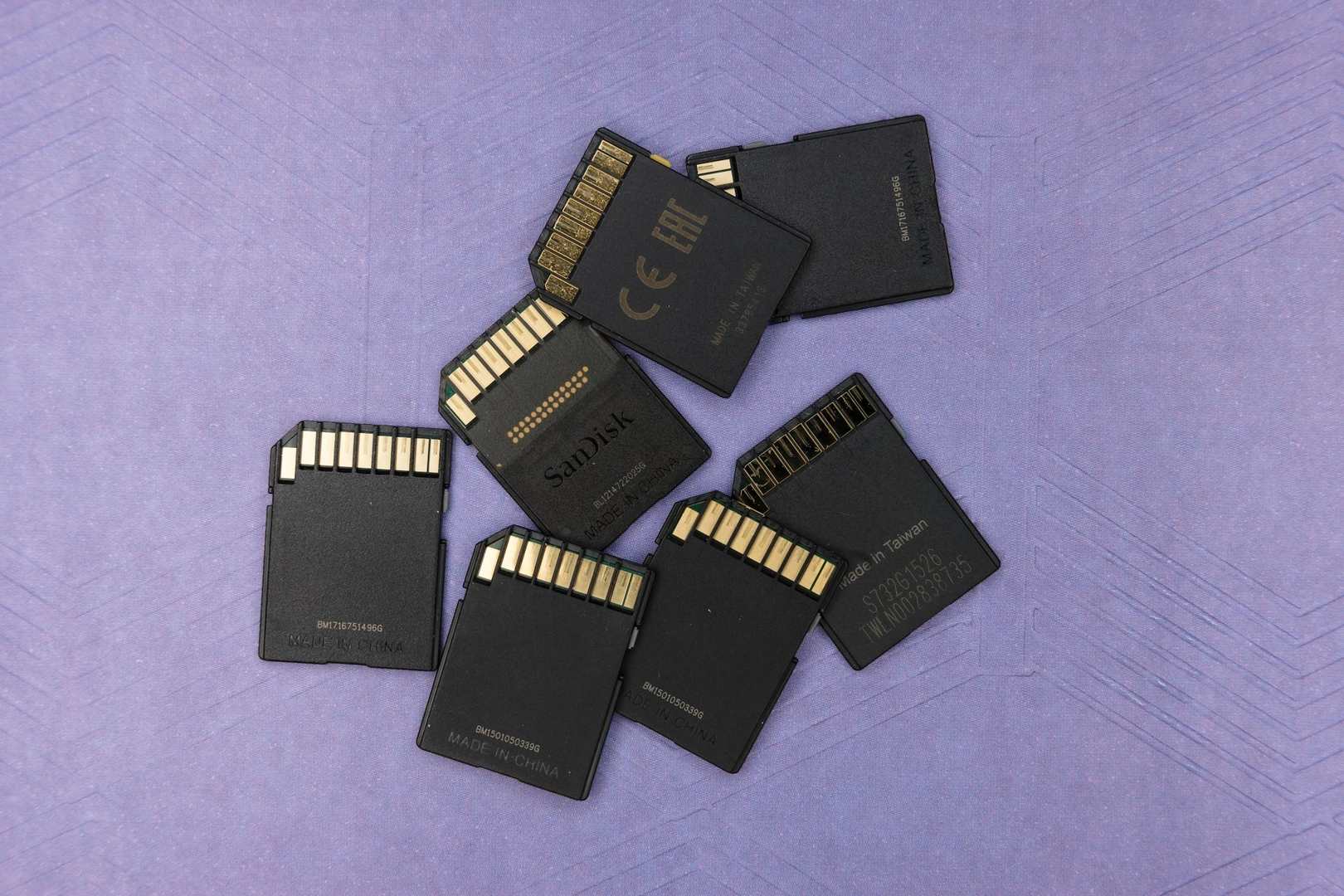
How to Export PST Files in Outlook
Like to free up valuable space on your mail server?
Then back up Outlook emails by exporting PST Outlook files.
You might never have heard of a Personal Storage Table. It’s more commonly known as a PST, a file format used to back up messages, calendar details, and tasks. You can create a PST file in Outlook manually. AutoArchive also creates them for you to store copies of your older emails.
Exporting PST Outlook files allows you to back up your emails on your local computer so that you can clear space on your mail server. You also need them when moving data from one email account to another.
I’ll take you through how to export these files - it’s easy. Then I’ll tell you about a much better way to back up Outlook emails - one that lets you dispense with PSTs altogether.
The following steps apply to Outlook for Microsoft 365, Outlook 2019, Outlook 2016, and Outlook 2013.
Step 1: Go to File > Open & Export > Import/Export.
Step 2: First choose Export to a file, and then Next.
Step 3: Choose Outlook Data File (.pst), and then Next.
Step 4: Find the mail folder you’d like to back up, choose it and then select Next.
Step 5: Choose a place to store your backup file, and a name for the file, and then tap Finish.
Step 6:
If you like, you can keep the messages on your exported PST file private. Just enter a password, confirm it, and then choose OK. That’s it. You have now exported a PST file.
Why PSTs are not good for backing up
PST files keep a copy of every email you send and receive. But they’re not great for storage. They’re notorious for breaking up, losing information and becoming corrupt. They tend to fill up quickly with multiple copies of the same email, and this is a problem: as the average size of an email keeps increasing, PST files can become excessively large - from 5 GB, to 10 GB, then 20 GB, for example in a short time. Not only does this slow down your computer; the bigger the file grows, the more likely it is to become corrupted when you try to manipulate it (by re-organising, search, etc.), and the greater the risk there will be of your business losing large amounts of critical information.
PSTs also hinder your productivity, because they’re difficult to search for particular emails. The search aids you’d normally use - e.g. filters, RegEx, and search for attachments - will not work on an exported PST.
Even Microsoft, the PST file’s creator says: “We do not recommend storing emails in PST files as a long-term strategy.”
So, what’s the alternative to archiving emails with PSTs?
Cryoserver. Email archiving without PSTs
Cryoserver is a dedicated email archiving solution that works with Outlook, enhancing the latter’s functions. It backs up emails more effectively than Outlook does - without the need for PSTs. Instead, it stores emails in ‘day files’. This is like your file directory, with folders for years, months, days, hours and minutes. This structure is simpler and much faster to search than PSTs. Cryoserver also de-duplicates and compresses all emails it receives from your servers, using its storage capacity in the most cost-effective way.
Independent from your mail server, Cryoserver:
- Integrates seamlessly with Outlook
- Stores every email sent and received by your organisation
- Makes archived emails available to all users via Outlook
- Replicates your Outlook email folders within the Cryoserver interface
- Searches faster and more accurately for emails in Outlook - find that email in seconds
Read
More

Robin's Review 2017
Reflecting on 2017 2017 has been a challenging year on the political and technological front for…

Email Archiving and Cyber Security
Email archiving and cyber security aren’t always considered linked by business owners. Most…

The Benefits of Archiving Emails
There were more than 281 billion consumer and business emails sent per day in 2018, and this figure…

How Email Archiving Improves Office Productivity and Security
Implementing an email archiving solution within your organisation can be highly beneficial, not…

How Long Should I Keep My Emails?
In the age of GDPR, email retention is an increasingly key aspect of an organisation’s data…
